How Does Kratom Work in the Body and What Does It Do?
What Is Kratom? – Kratom Working
Kratom is the name given to the leaves of the tropical evergreen tree, Mitragyna Speciosa, that belongs to the coffee family. This mystical herb has been in use for centuries and is native to Thailand, Malaysia, Myanmar, and a few other South Asian countries. People have been using the leaves of Kratom and its extracts as a stimulant for heightening their mental capabilities and also as a powerful sedative to help them manage chronic pain. Kratom has only recently appeared in the public spotlight a few years ago. Ever since then, it has sparked debate all around the world, especially the US with regards to new opioids and their hidden potential of causing addiction and life-long dependency.
As of yet, there has not been enough evidence to support or reject Kratom as a whole. While it has been linked to improved physical and mental conditions in some individuals, it has not been approved for medical use. Read ahead to learn more about how this kratom works in the body and what effects have been reported as of yet.
How Does Kratom Work in the Body?
Kratom contains two primary compounds called Mitragynine and 7-Hydroxymitragynine along with a wide range of alkaloids. These alkaloids are a class of nitrogen compounds that boast an array of stimulating effects. Mitragynine is an indole-based alkaloid while 7-Hydroxymitragynine is a terpenoid indole alkaloid. To put it simply, these compounds have the power to act on your peripheral and central nervous systems.
The reason Kratom and its compounds have been put in the same category as powerful opioids is that they all act much the same. Kratom compounds bind to the very same receptors in the brain as opioids, causing an array of effects like sedation, pain relief, euphoria, and so on. Basically, your brain possesses three major subtypes of opioid receptors:
- the mu receptor that signifies morphine and is considered a predominant receptor,
- the delta receptor that was originally located in the vas deferens tissue of mice, and
- the kappa receptor that’s named because of its affinity for ketocyclazocine.
These opioid receptors are responsible for causing different effects like the ones mentioned above when opiates are ingested in the body. Mitragynine is considerably more abundant in Kratom in comparison to 7-Hydroxymitragynine. However, the latter is a lot more potent; 46 times more, to be precise. Even when compared to a notoriously powerful drug like morphine, it’s 13 times more potent.
However, don’t let that scare you away from the potential benefits of the herb. These alkaloids are present somewhere between 0.5 to 1.5 per cent. Such a minute composition is not enough to cause any damage to your body as this is a very safe percentage for human consumption. Furthermore, good quality Kratom products tell you how much you need to be taking to remain on the safe side at all times.
If you’re a responsible buyer, you won’t have anything to worry about. At a low dose, Kratom works as a remarkable stimulant, keeping you sociable, and maintaining focus. You can consume higher doses of Kratom, under the maximum daily limit, in order to relish its sedative properties that induce euphoria and dull your senses.
Different Options on the Market – Kratom Working
The dark green leaves of Kratom are typically dried and then turned into a fine powder for consumption. However, you can find a lot of different forms available on the market for everyday use. In the US, you will mostly find that Kratom is brewed in the form of a tea for self-managing chronic body pain and alleviating symptoms of severe withdrawal from opioids. The most common forms include the following:
-
Powders
This is the most basic form of Kratom available on the market. You can find powders of all its different strains and varieties. There are fortified powders available as well that are usually light brown or green. These tend to contain extracts from other plants as well. Their safety is not guaranteed — it is advised to steer clear of Kratom products that are mixed with other herbs, particularly other opioid derivatives.
-
Tablets
If you can’t stand the taste of the powder, tablets are a better option for you. Not only do they act faster compared to powdered forms, but they also contain precisely calculated doses. So, you don’t need to carry a scale with you. However, binding agents are used in this form, so you will be dealing with a slightly impure Kratom product.
-
Gel Capsules
If you want something to work even faster, you can opt for gel capsules. They’re a little different from tablets as they contain pure Kratom extract. The gel can take a few minutes before dissolving in the stomach but the effects are more profound.
-
Tinctures/Shots
Kratom is also available as a liquid in the form of shots and tinctures. These are a lot more concentrated than other forms and tend to act very fast. If you’re a beginner, it’s not advised to go for liquid Kratom.
Associated Risks – Kratom Work
While there are a lot of good things about Kratom, there is a bad side to it as well. This botanical has the potential to have a very powerful effect on the body; thus, moderation should be observed when dealing with it. There are nearly 32 different alkaloids in Kratom that can have a positive or negative impact on humans.
From January 2010 to December 2015, 660 calls were made to poison centers across the nation. In 428 of these, isolated kratom exposure was the primary cause of concern. The rest of the cases were about Kratom use in combination with drugs like acetaminophen and powerful narcotics. Kratom exposure was also linked to irritability, nausea, drowsiness, and hypertension in some cases.
Kratom products have been contaminated in the past with heavy metals like lead and the Salmonella bacteria. This could explain some of the side effects reported. Moreover, these are likely to occur if you exceed the recommended daily dose and don’t let your body get slowly accustomed to it.
Conclusion – How Kratom Work?
A lot more research still needs to be conducted to determine the precise half-life of Kratom so you would know exactly how long it stays in your system. Risks are often higher when you consume it in concentrated extracts, mixed with other psychoactive substances, adulterants, or when it’s taken by people with alcohol use disorders or certain health conditions. So, it is important to assess your health before diving into Kratom.


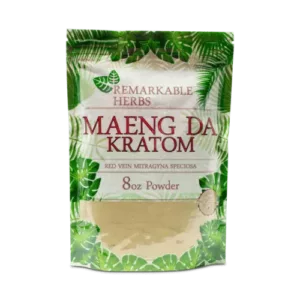
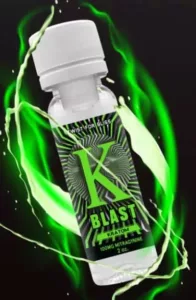
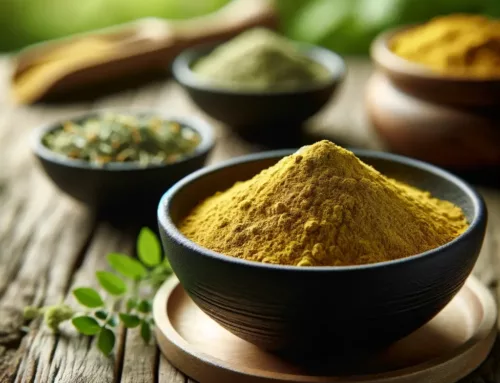
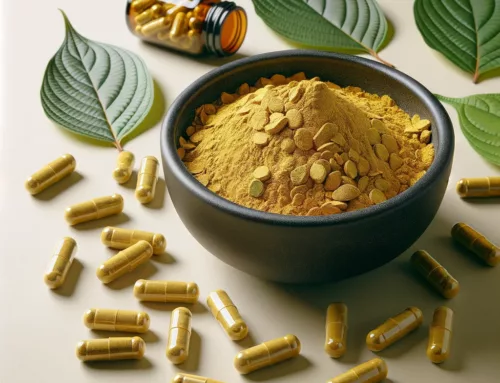

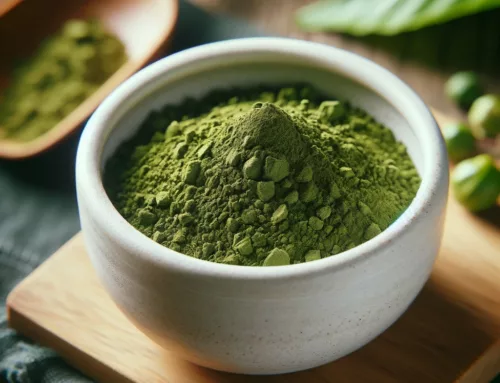
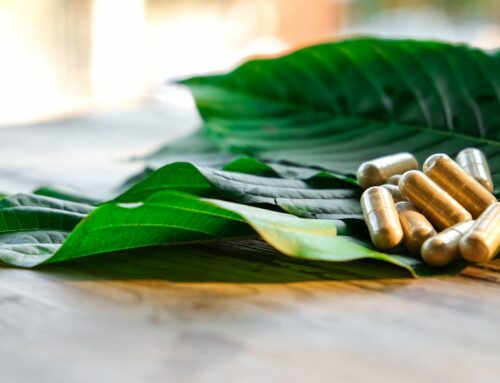
Leave A Comment